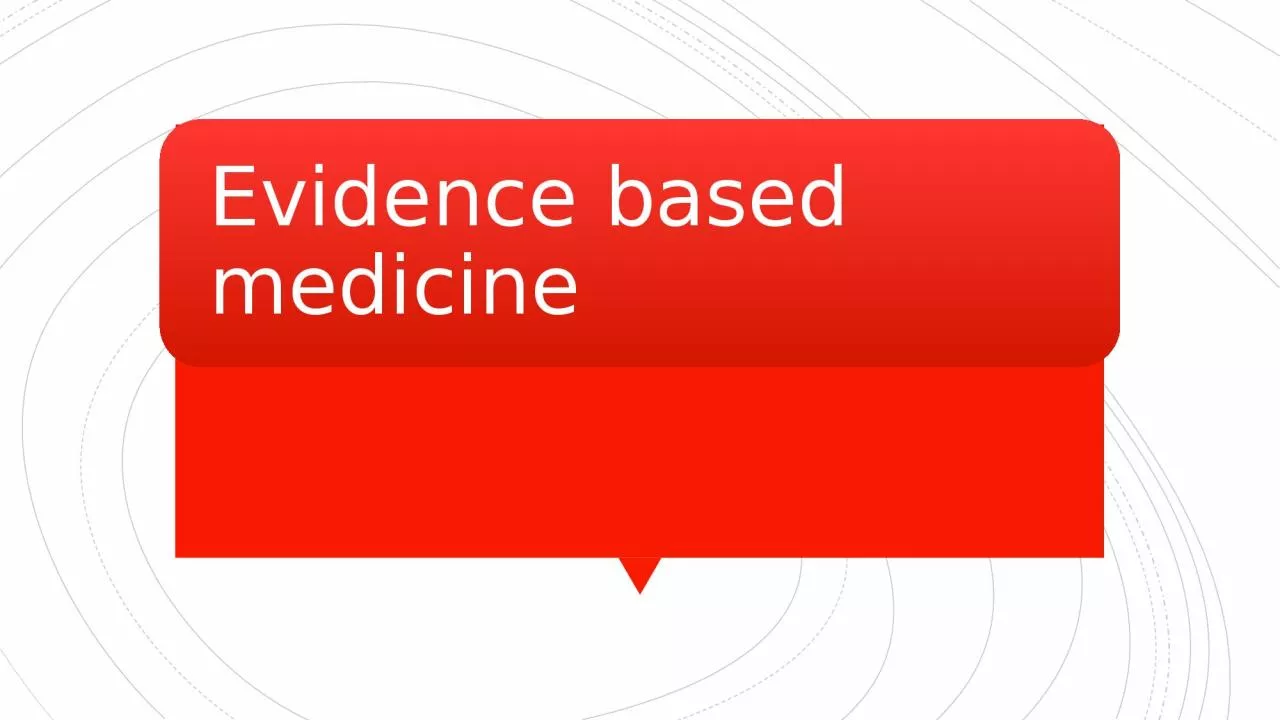

it introduced a series of articles that highlighted the importance of critical appraisal of the literature Starting in 1993 a set of articles in the Journal of the American Medical Association ID: 917512
Download Presentation The PPT/PDF document "The March 1, 1981 article titled “How ..." is the property of its rightful owner. Permission is granted to download and print the materials on this web site for personal, non-commercial use only, and to display it on your personal computer provided you do not modify the materials and that you retain all copyright notices contained in the materials. By downloading content from our website, you accept the terms of this agreement.
Slide1
Slide2The March 1, 1981article titled “How to read clinical journals: I. Why to read them and how to start reading them critically.” Written by David Sackett, MD (1934–2015) of McMaster University.
it introduced a series of articles that highlighted the importance of critical appraisal of the literature.
Slide3Starting in 1993 a set of articles in the
Journal of the American Medical Association
titled “Users’ guides to the medical literature” reprised and expanded on the earlier series.
These works, and other efforts by their authors, made critical appraisal of the literature accessible to the masses and laid the groundwork for evidence-based medicine (EBM).
Slide4the early 1990s
Gordon Guyatt, MD, coined the term “evidence-based medicine” , while he served as the internal medicine residency program director at McMaster University.
Dr. Guyatt and colleagues had incorporated critical appraisal of the literature into the residency program curriculum, and Dr. Guyatt wanted a term to describe and advertise their efforts.
Slide5Slide6EBM
Slide7Slide8Slide9Slide10Slide11Slide12Slide13Slide14Slide15Slide16Slide17Slide18Slide19Example B
Slide20Slide21Slide22Slide23Slide24Slide25Biases are mainly of three types
refers to the extent to which the results are free from bias
Slide26All kinds of studies need to be assessed for the above biases, while assessing validity
Slide27Slide28Slide29Slide30Slide31Having found that the information in the paper is relevant, valid, consistent and important, the question is whether the test or treatment will be useful for your patient/practice
Slide32Slide33Thanks